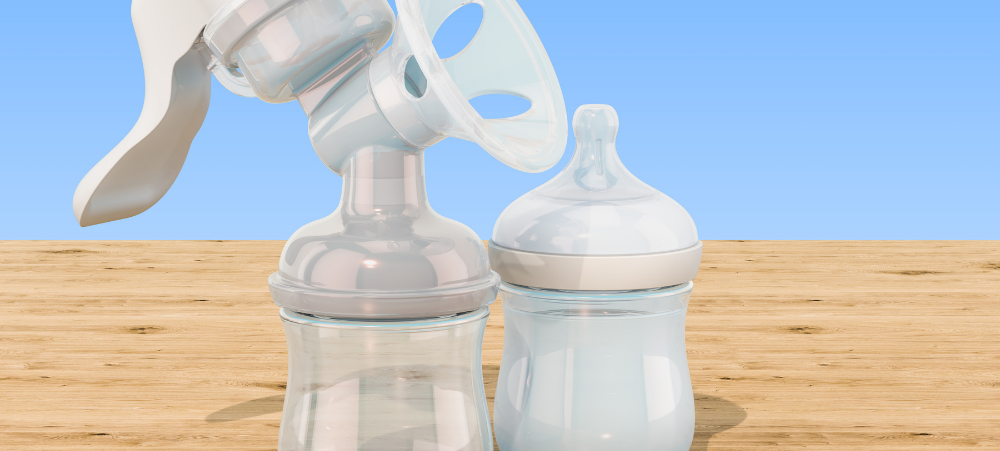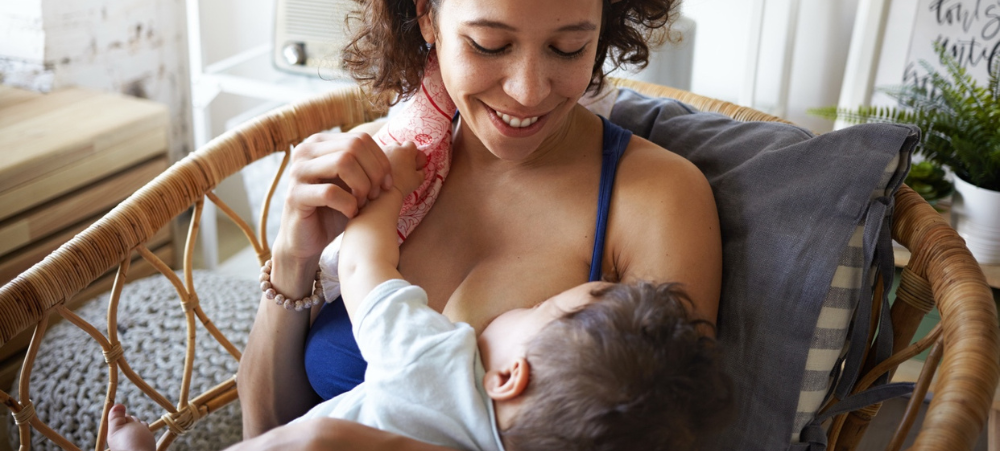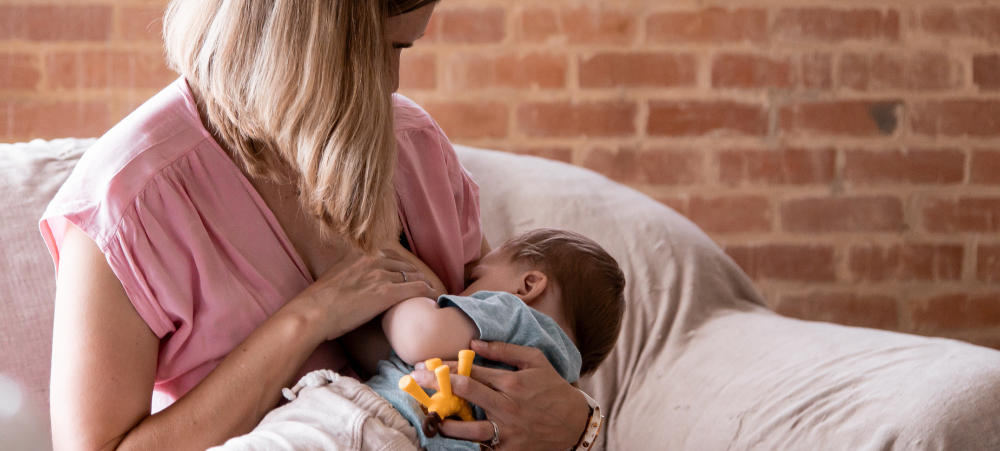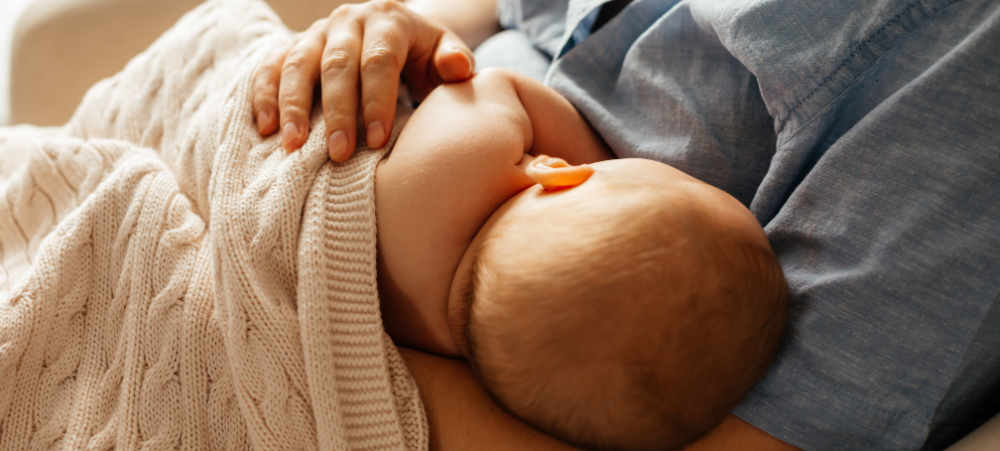The simple answer to the question of, “Why do some breast pumps hurt?”, is that it was not designed to fit you. Just like our bodies have different sizing, so do our breast, areola, and nipples. There can even be a combination of large breasts with small areola and nipple or the other way around. It does not matter your combination or size of breasts; your breasts are your perfect shape and size. Remember your breast milk is made deep inside your breast and not in your nipple. You can think of your nipple as a tap where the milk comes out and not where it is made or stored. What is needed are breast pumps that fit all the different sized breasts so that we can be comfortable while we pump. The diameter of the flange is important as well as the length of the flange. The diameter needs to allow for space for your nipple to move in and out of with comfort. The flange needs to be long enough that the tip of your nipple will not touch the bottom end and cause discomfort while pumping.
The flange is the part of your breast pump that touches your breast, and your nipple should move freely in and out of it while pumping. The flange connects to the bottle and the tubing that goes to the pump. There will be a valve that connects to the flanges as well. The funnel of the flange can have different diameters. The size of the flange diameter is key to your comfort while pumping.
The Ameda range of breast pumps gives you the confidence to pump easily and without discomfort. All of the Ameda breast pumps use the FDA approved Closed system HygieniKit which has the option to use the different size flanges. The Ameda range of breast pumps have 7 different flange sizes to help you find your personal comfortable fit. The sizing ranges is 21mm flexi shield insert, 22.5mm insert, 25mm standard size, 28.5mm flange or insert, 30.5mm flange, 32.5mm insert and 36mm flange. The Ameda pumps all come with the 25mm flange and then if you do need a different flange, you can measure your nipple and find the correct fit for you. All the different size flanges and inserts are found on our website . There are full sized flanges or inserts depending on the size that you are needing.
The big question that we get asked is how to measure myself to get the correct flange size. Well, that is actually really easy. You need to measure your nipple base diameter. This is the part of your breast that will be moving in and out of flange. The nipple base is the part of your nipple that starts to stick out from your areola (the dark part around your nipple). You can use a normal ruler to take the measurement. Once you have your measurement you need to add on 6mm. So for example if your nipples are 19mm + 6mm = 25mm. Then the 25 m flange would most likely be the most comfortable size for you. Ameda also has a sizing tool that can be requested when you purchase any of our pumps. The tool is easy to use as it has cut outs the size of the flange diameter so you can measure and see how your nipple fits inside of each flange. The measurement technique is used to guide you to which size would most likely fit and be comfortable for you.
When is the best time to measure your flange size? The timing of measuring your nipple size is important. As you know your nipple size may change during pregnancy or even during breast feeding. The best time to fit your flange size is just before you start using the pump. This will mean that you are measuring the actual size of your nipple. You should measure your nipple size in between a feed or before you want to start pumping. This way you will get their normal size, it may be a little bit larger after a feed or pump session. If at any time you feel like your breast pump is just not fitting anymore you can also recheck your measurement as your nipples may have changed size over time.
How do you know that the flange is not fitting correctly? If your flange is too big. This will result in your nipple and areola being pulled into your flange. This can cause discomfort and make it more difficult for your milk to move out of your breast and into your pump. When the flange is too small for your nipple, this can result in your nipple rubbing on the side of the flange causing a blister or pain. Both will result in a decrease amount of breast milk expressed from your breasts.
Another reason why a breast pump would hurt you is that you have the settings on too high for what is comfortable for you. Remember expressing breast milk is not a race to the fastest setting but rather you need to find your setting sweet spot. This means that the settings are comfortable and also help you to express effectively. We all respond differently to the speed and strength of a breast pump. You many need to spend some time to work out which settings are most comfortable for you.
If you are not sure and need some help with finding the correct flange size for you, please send us an email to [email protected] and we will be happy to assist you.
- How long should a mother breastfeed for - May 15, 2023
- NICU and Milk supply - May 11, 2023
- Loadshedding and Breast milk - April 4, 2023





